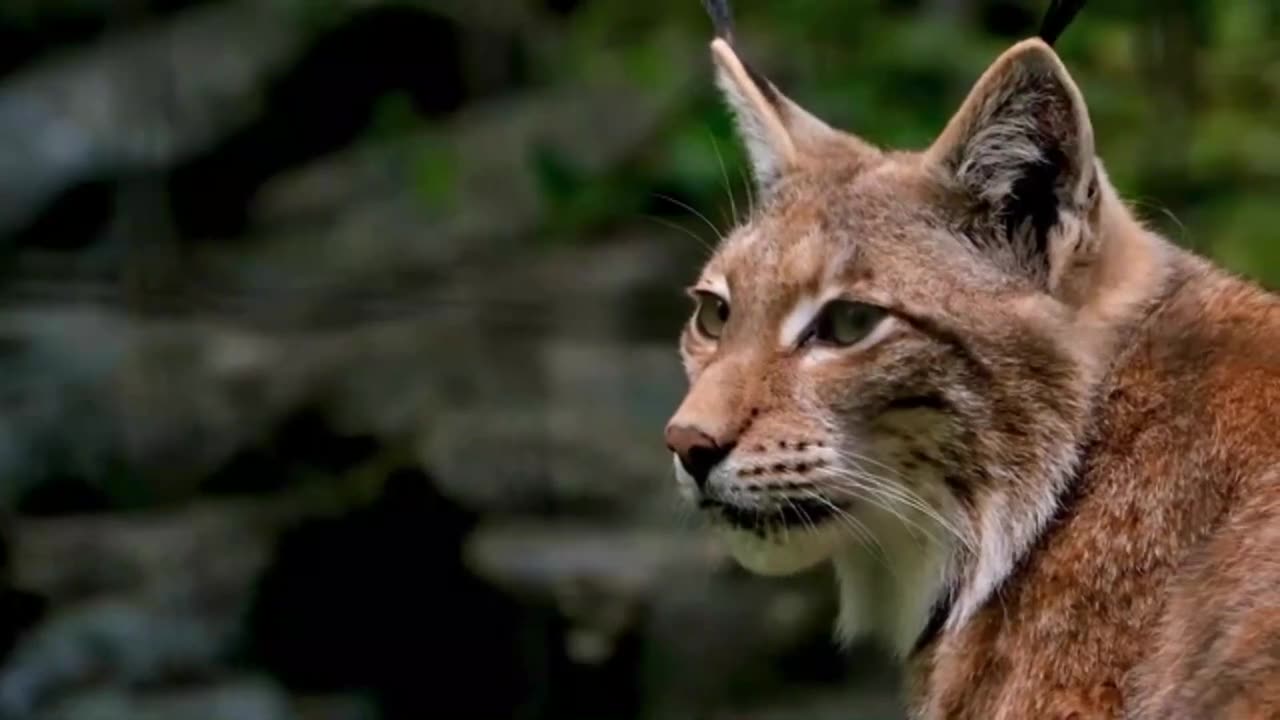Premium Only Content

The Wildlife and its life style #07
Wildlife refers to the entire range of animal and plant species that live in their natural habitats without direct human intervention. It encompasses diverse ecosystems, from lush rainforests to vast deserts, from deep oceanic depths to soaring mountain ranges. Wildlife plays a crucial role in maintaining the balance of nature and contributes to the overall health of the planet.
Here are a few key points about wildlife:
Biodiversity: Wildlife encompasses an immense variety of species, each adapted to its specific environment. Biodiversity is crucial for the stability of ecosystems, as different species depend on each other for survival.
Ecosystem Services: Wildlife provides essential ecosystem services that benefit humans and the environment. These services include pollination, seed dispersal, nutrient recycling, and pest control, all of which are vital for maintaining healthy ecosystems and sustaining agricultural productivity.
Threats to Wildlife: Wildlife faces numerous threats, primarily due to human activities. Habitat destruction, deforestation, pollution, climate change, illegal wildlife trade, and overexploitation of resources are some of the major factors contributing to the decline of many species.
Conservation Efforts: Conservation initiatives aim to protect and preserve wildlife and their habitats. Conservation strategies involve establishing protected areas, implementing sustainable practices, raising public awareness, and promoting responsible tourism to minimize the negative impacts on wildlife.
Keystone Species: Certain species, known as keystone species, have a disproportionate impact on their ecosystems. Their presence or absence can significantly affect the entire community and ecosystem structure. Examples include wolves, sea otters, and elephants.
Endangered Species: Many species are threatened with extinction, and they are classified as endangered or critically endangered. Conservation organizations work tirelessly to protect these species and prevent their disappearance from the planet.
Wildlife Sanctuaries and National Parks: Protected areas such as wildlife sanctuaries and national parks are established to safeguard wildlife and their habitats. These areas offer refuge to a wide range of species, allowing them to thrive and maintain their natural behaviors.
Ecotourism: Responsible and sustainable tourism focused on observing and appreciating wildlife, known as ecotourism, can contribute to conservation efforts. Properly managed ecotourism activities can provide financial support for local communities and incentivize the preservation of natural habitats.
Wildlife Conservation Laws: Governments enact laws and regulations to protect wildlife. These laws may include restrictions on hunting, trade bans on endangered species, and penalties for illegal activities that harm wildlife and their habitats.
Interconnectedness: The well-being of wildlife is interconnected with human well-being. The loss of biodiversity and degradation of ecosystems can have far-reaching consequences, including the disruption of food chains, decreased availability of natural resources, and impacts on human health.
Understanding and appreciating wildlife's importance is vital for promoting conservation efforts and ensuring the long-term survival of Earth's diverse ecosystems and species.
-
 2:52:40
2:52:40
The Quartering
5 hours agoSaturday Play Through! Clair Obscur: Expedition 33
42.8K4 -
 1:19:14
1:19:14
Jeff Ahern
4 hours ago $6.48 earnedThe Saturday Show with Jeff Ahern
106K8 -
 9:44
9:44
Stephen Gardner
1 day ago🔥Trump gets BIG WIN as Kamala Harris EXPOSED in big scam!!
49K133 -
 LIVE
LIVE
GritsGG
5 hours agoWSOW Qualifiers! 👑 2587+ Ws
166 watching -
 LIVE
LIVE
GamerGril
3 hours agoWhen The Pimps In The Crib | Days Gone | New Game +
140 watching -
 1:06:57
1:06:57
Winston Marshall
13 hours agoHow The West Enabled The Iran Axis to Grow Unchecked w/ Ambassador Michael Oren
103K59 -
 LIVE
LIVE
JdaDelete
15 hours ago $1.20 earnedDuke Nukem 3D | Sega Saturday
116 watching -
 6:22:56
6:22:56
Behunted
7 hours agoITS HOT HOT WARZONE MAYHEM !! PEW PEW
15.5K -
 58:49
58:49
Tactical Advisor
6 hours agoUnboxing Tacpack/New 1854 Lever Action | Vault Room Live Stream 029
94.8K8 -
 1:14:49
1:14:49
Mike Rowe
23 hours agoDavid Mamet Pulls No Punches When It Comes To Hollywood & Politics | #440 | The Way I Heard It
60.7K27